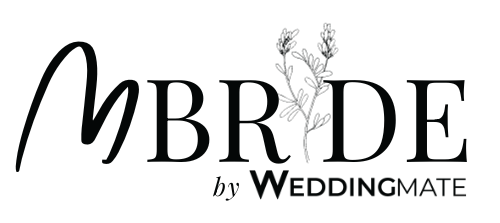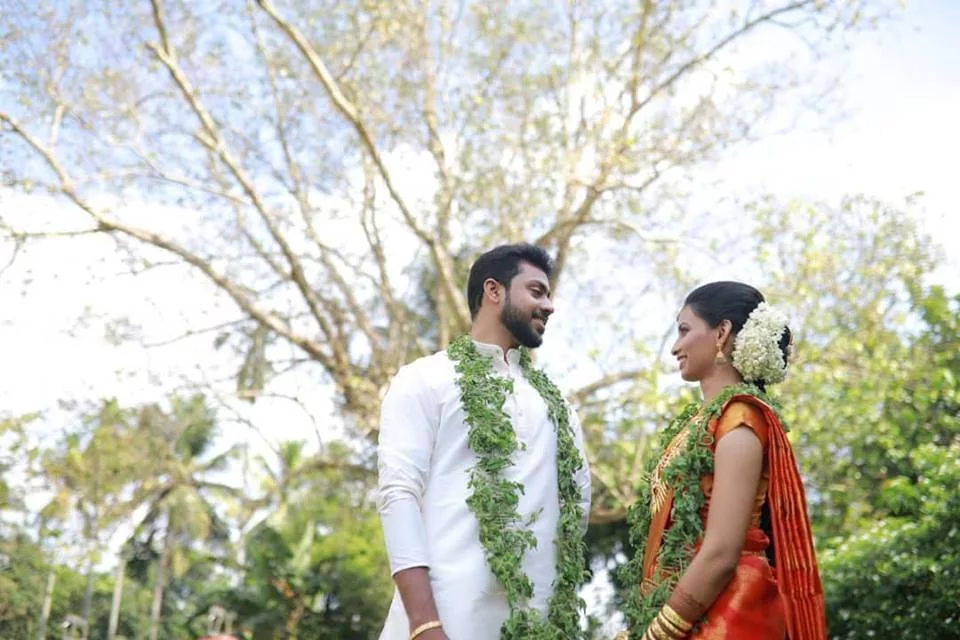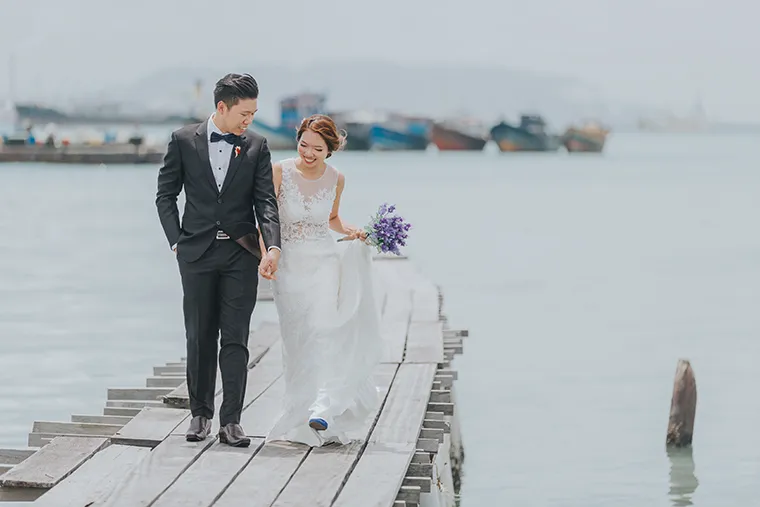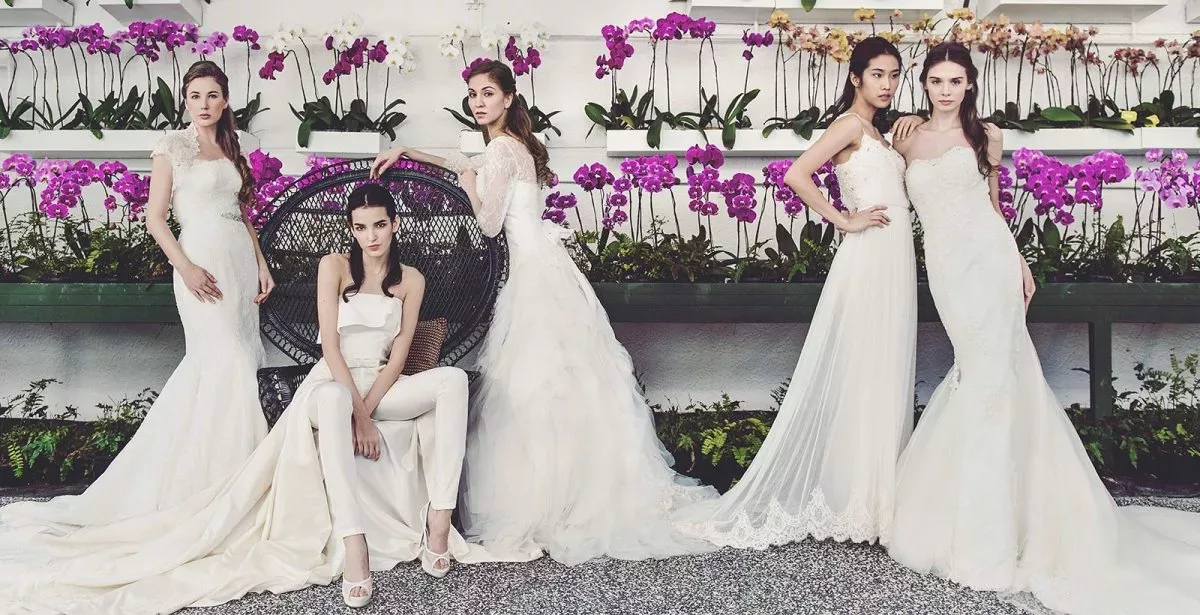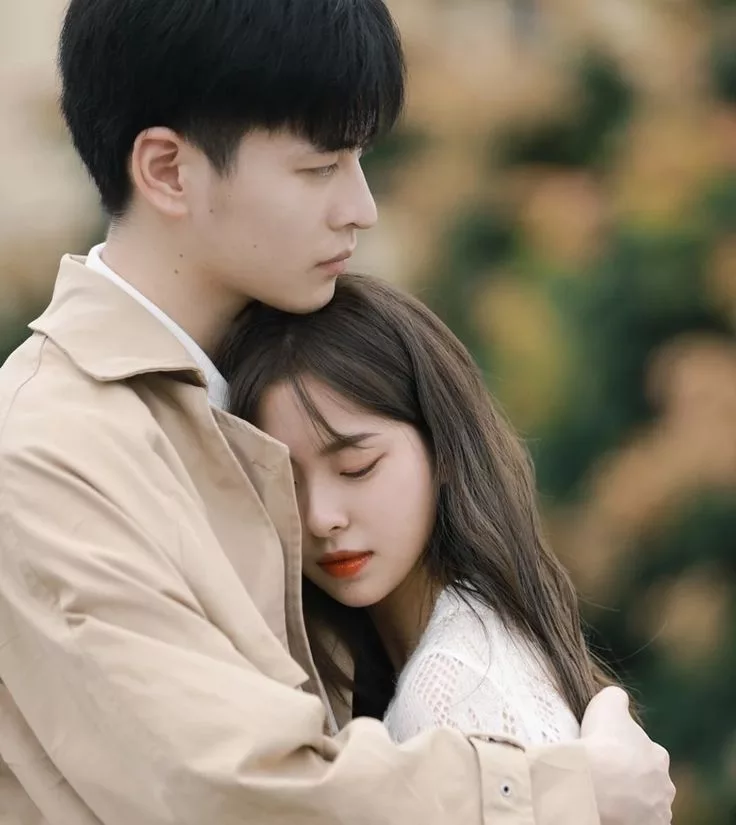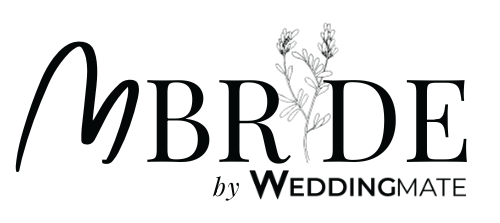Chinese New Year clothing plays a vital role, focusing on auspicious colors and traditional attire. Red symbolizes luck, while cheongsams and tang suits are popular choices. Accessories like jade jewelry and embroidered handbags enhance the festive look. People express their cultural heritage through clothing, embracing the spirit of the holiday.
1. Red Clothing





Red is the dominant color during Chinese New Year as it symbolizes good luck, happiness, and prosperity. Many people, especially women and children, wear red clothing or incorporate red accessories into their outfits. Traditional Chinese clothing, such as the qipao for women and the changshan for men, are popular choices for formal celebrations.
2. Traditional Attire





Traditional Chinese clothing adds a touch of cultural elegance to Chinese New Year celebrations. For women, the qipao, also known as cheongsam, is a form-fitting dress with a high neckline and often adorned with intricate embroidery or floral patterns. Men may opt for the changshan, a long tunic-style garment typically worn with matching pants. These traditional outfits come in various colors and designs, but red and gold are the most favored during the New Year festivities.
3. Gold Accents





Gold is another auspicious color in Chinese culture, symbolizing wealth and prosperity. Many people incorporate gold accents into their Chinese New Year outfits through accessories such as jewelry, belts, handbags, and shoes. Gold embroidery or embellishments on clothing are also common, adding a luxurious touch to traditional attire.
4. Symbolic Accessories





Accessories with symbolic meanings are often worn or carried during Chinese New Year celebrations. For example, jade jewelry is believed to bring protection and good fortune, while traditional Chinese knots symbolize unity and harmony. Some may also wear accessories featuring auspicious motifs such as dragons, phoenixes, or the Chinese character for “fortune” (福).
5. Family Matching Outfits





Some families choose to coordinate their outfits by wearing matching or complementary colors and styles during Chinese New Year gatherings. This practice symbolizes unity and harmony within the family unit. It’s not uncommon to see entire families dressed in matching red or gold attire, creating a visually striking and cohesive look during the festivities.
